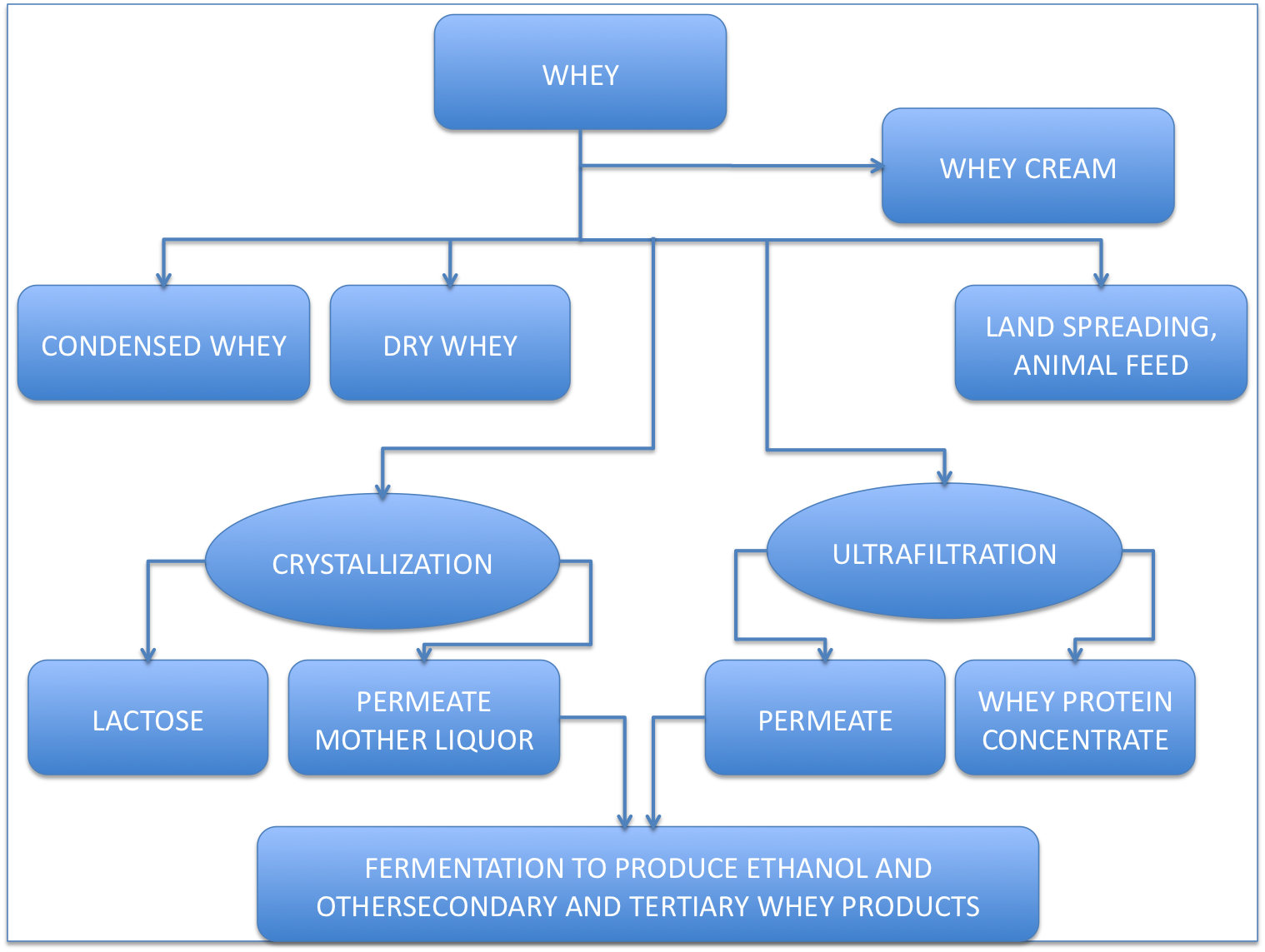Team:UNIPV-Pavia/Project
From 2009.igem.org

|
|
|
AbstractMotivationMotivation: Why Whey?Whey is a by-product in cheese and casein industry; it is one of the components which separates from milk after curdling, when rennet or an edible acidic substance is added. It is a mixture of different substances, some of which very valuable if individually processed. The main solid components of whey are: soluble proteins, lactose, mineral salts and vitamins.
This liquid waste is commonly regarded as the "enviromental problem" of the diaries even if these farms produce generally different kinds of "whey", depending by the specific cheese produced (pasta filata cheese, butter and ricotta). In Italy, as in other flat countries with casearian tradition, the amount of whey produced every year is huge (8-10 millions m^3/year). This is traditionally emitted into the river systems, thus contributing to the organic pollution of environment and giving rise to water asphyxia: its high nutrient load, in fact, causes the proliferation of microorganisms which deplete oxygen levels in water systems. According to the italian law, whey is classified as "special waste", for its extremely high pollution power. To measure this power, 2 indicators are used: B.O.D.5 and C.O.D.. B.O.D. 5 Biochemical Oxygen Demand 5: it is supposed to measure the biological requirement of used oxygen (in mg/l), during oxidation processes in organic substances within 5 days. BOD 5 level indicates the amount of organic biodegradable substance present in waste, measured by the quantity of oxygen needed for the degradation by microorganisms. C.O.D. Chemical Oxygen Demand: it measures the amount of oxygen used to oxidize organic and inorganic compounds contained in a water sample. It gives indications about the total measurement of all chemicals in the water that can be oxidized. |[[Image:]]
For this reason, we aim to find a new way to valorize residual lactose present in whey after extractions of other nutrients and precious substances. Solution |
 "
"

